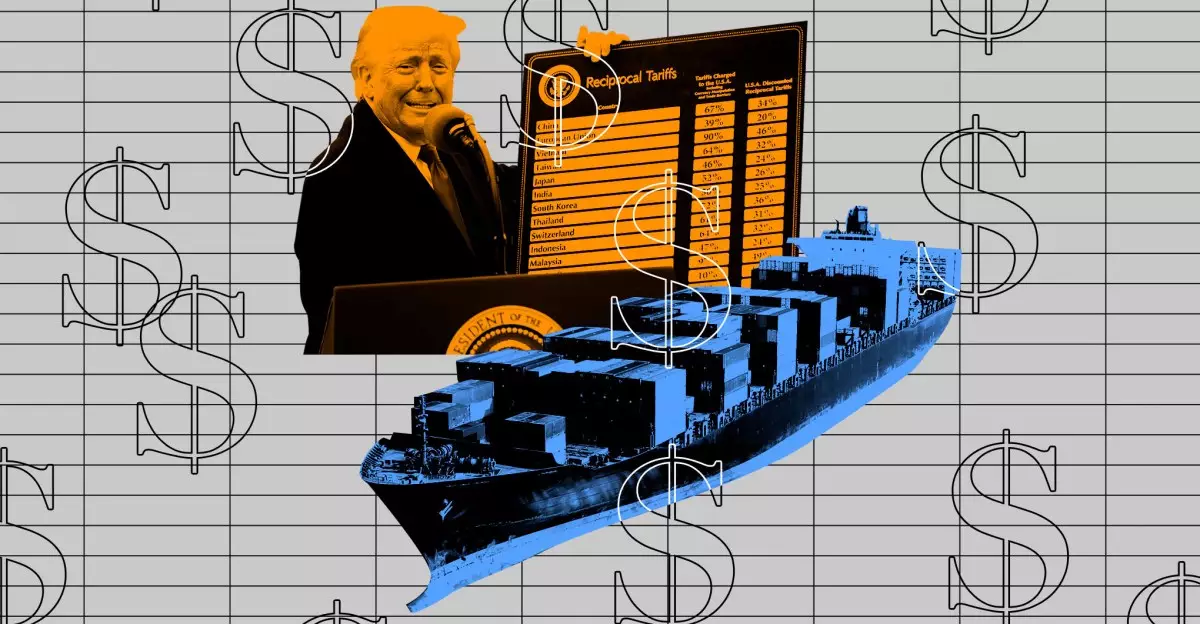The recent changes implemented by the US Customs and Border Protection (CBP) regarding tariff exemptions on consumer technology imports mark a notable shift in international trade practices and reflect the complexities of current US-China relations. As highlighted in reports, the CBP has decided to exempt essential tech goods from tariffs imposed under the Trump administration, specifically targeting smartphones, laptops, and various computer components, even those sourced from China. This decision is poised to influence not only the tech industry but also consumers at large.
One key aspect to note is that while certain items have been exempted, they are not entirely free from all tariff burdens. The exemptions primarily target the 125 percent additional tariff placed on Chinese imports, as well as the standard 10 percent global tariff. However, older tariffs instituted prior to Trump’s administration still remain. This selective approach to tariff application raises questions about the overall strategy of US trade policies and their long-term implications for the market.
The Nuances of Tariff Policy and Its Impact on Prices
Importantly, the updates made by the CBP also extend to the machinery used for semiconductor manufacturing, which plays a crucial role in the global supply chain. For instance, companies like Taiwan Semiconductor Manufacturing Co. will significantly benefit from this change as it reinforces the availability of essential production tools that are vital for tech innovation. Nevertheless, it is equally imperative to be aware of the lingering consequences of the trade war. Despite the exemptions, products remain vulnerable to a 20% duty aimed at encouraging enforcement against the shipment of fentanyl precursor materials from China.
The ongoing adjustments in tariff policy have inevitably led to mixed reactions among tech manufacturers and consumers alike. Major corporations are currently grappling with the implications of fluctuating prices for essential technology. In some cases, manufacturers such as Sony have already begun adjusting their prices, suggesting that the tariffs have trickled down to the consumer level without transparent explanations. This raises concerns about pricing ethics and the degree to which manufacturers are passing costs onto consumers while navigating the tumultuous trade landscape.
Consumer Tech Landscape: Navigating Uncertainty
As companies carefully navigate these turbulent waters, some have chosen to delay product launches altogether. For instance, gaming giant Nintendo’s decision to postpone US preorders for the much-anticipated Switch 2 indicates a deliberate strategy to wait for clearer guidance in tariff strategies before committing to fixed prices. This cautious stance advises other sectors to adopt a similar approach, as companies may be hesitant to set in stone prices that could be rendered obsolete by future tariff changes.
Apple stands out as an example of strategic foresight, hastily importing a substantial shipment of iPhones from India in anticipation of the upcoming tariffs. This move could provide Apple with a competitive edge in maintaining accessible price points amidst rising operational costs. It underscores the intricate interplay between international trade policies and corporate strategy, illuminating how agile adaptations can safeguard consumer accessibility to cutting-edge technology.
The Broader Implications for Consumers and the Tech Market
The recent CBP advisory not only aids technology imports but also signifies a larger trend toward recognizing the importance of consumer access to technology. As tariffs are lifted or adjusted, consumers are likely to experience fluctuations in product availability and pricing, ultimately shaping the tech landscape significantly. Should manufacturers align themselves with the exempted categories, a potential easing in consumer prices may arise.
However, consumers should remain vigilant. The reality is that while certain products may currently enjoy exemption from tariffs, the ongoing nature of trade wars means that shifts can occur with little notice. It is critical for consumers to stay informed about price changes and understand the factors influencing those changes, adapting their purchasing strategies accordingly.
Ultimately, as the global tech community responds to the evolving landscape, the ability for consumers to access affordable technology hinges not only on policy changes but also on the commitment of companies to foster transparency and fair pricing practices. This development could be just the beginning of a pivotal transformation in the tech market, encouraging both innovation and consumer empowerment amidst the challenges of global trade dynamics.

